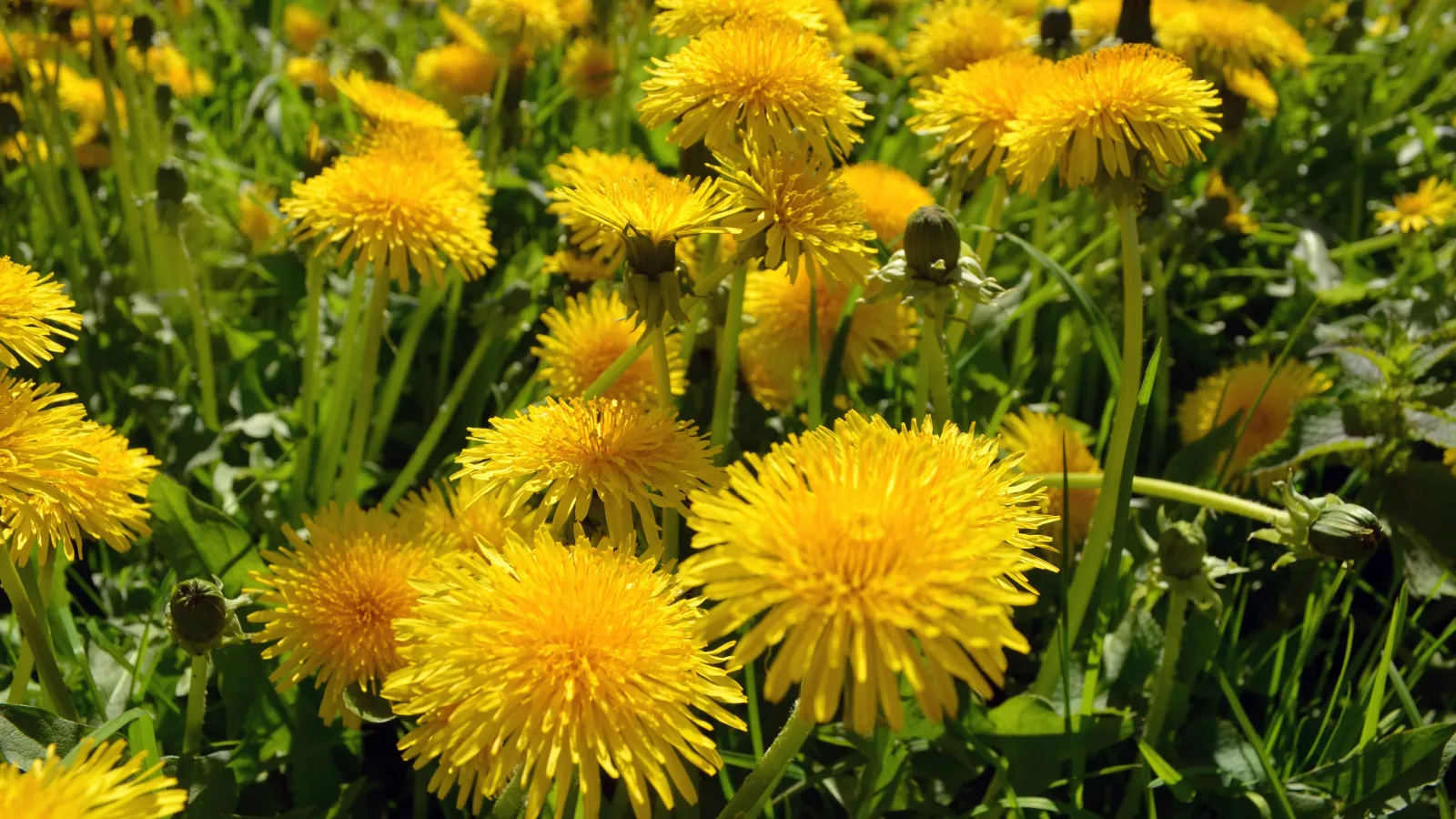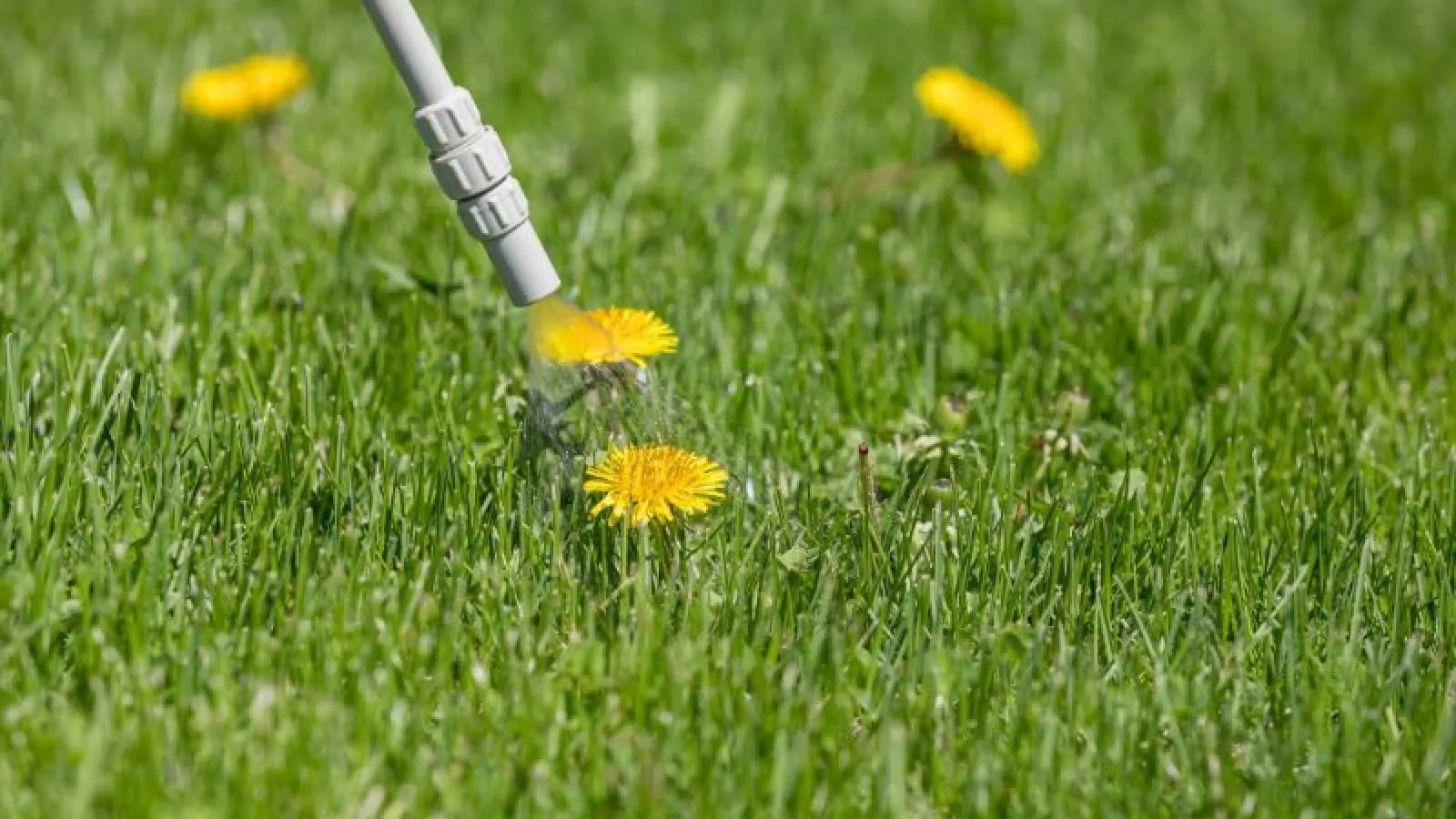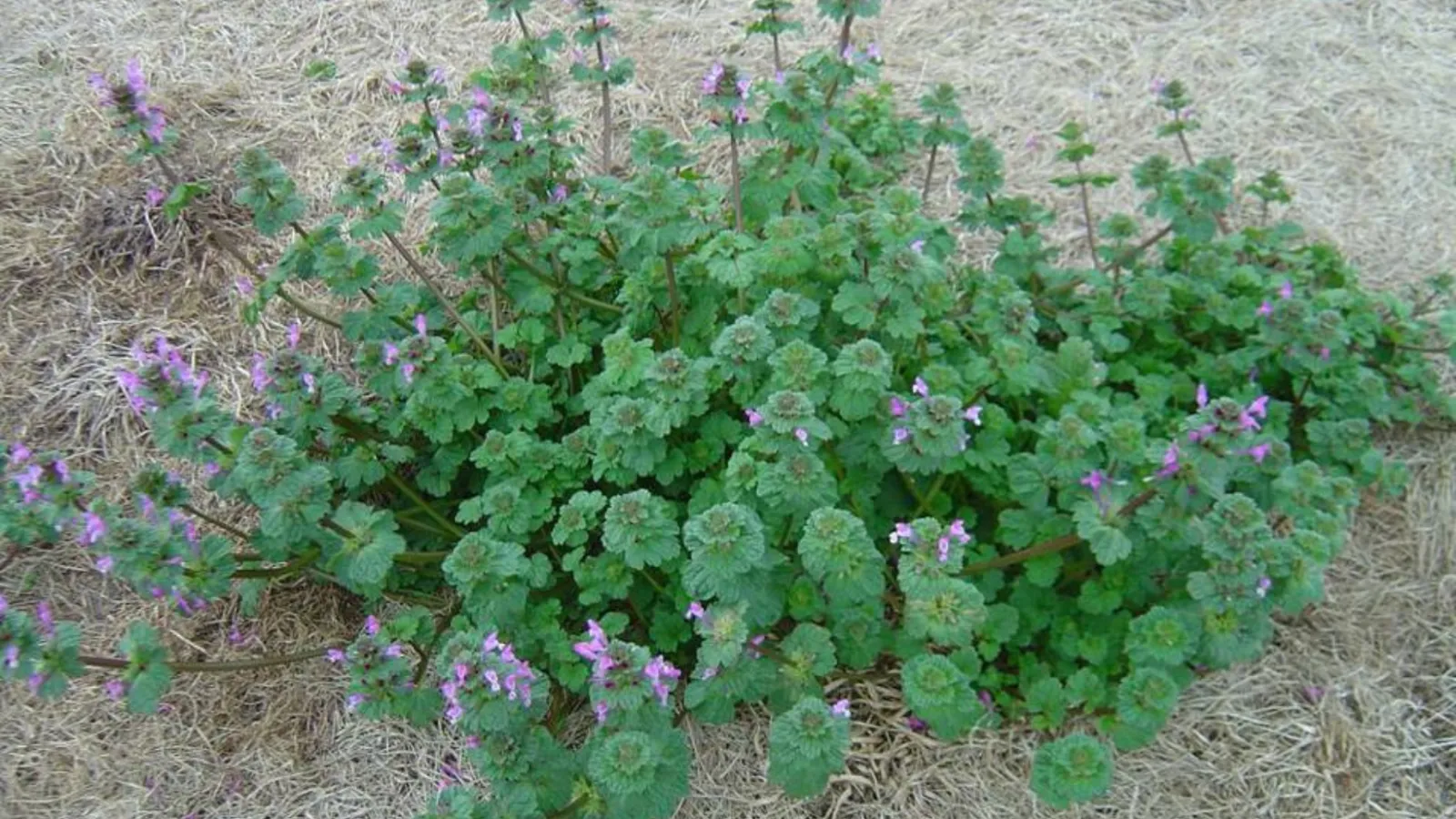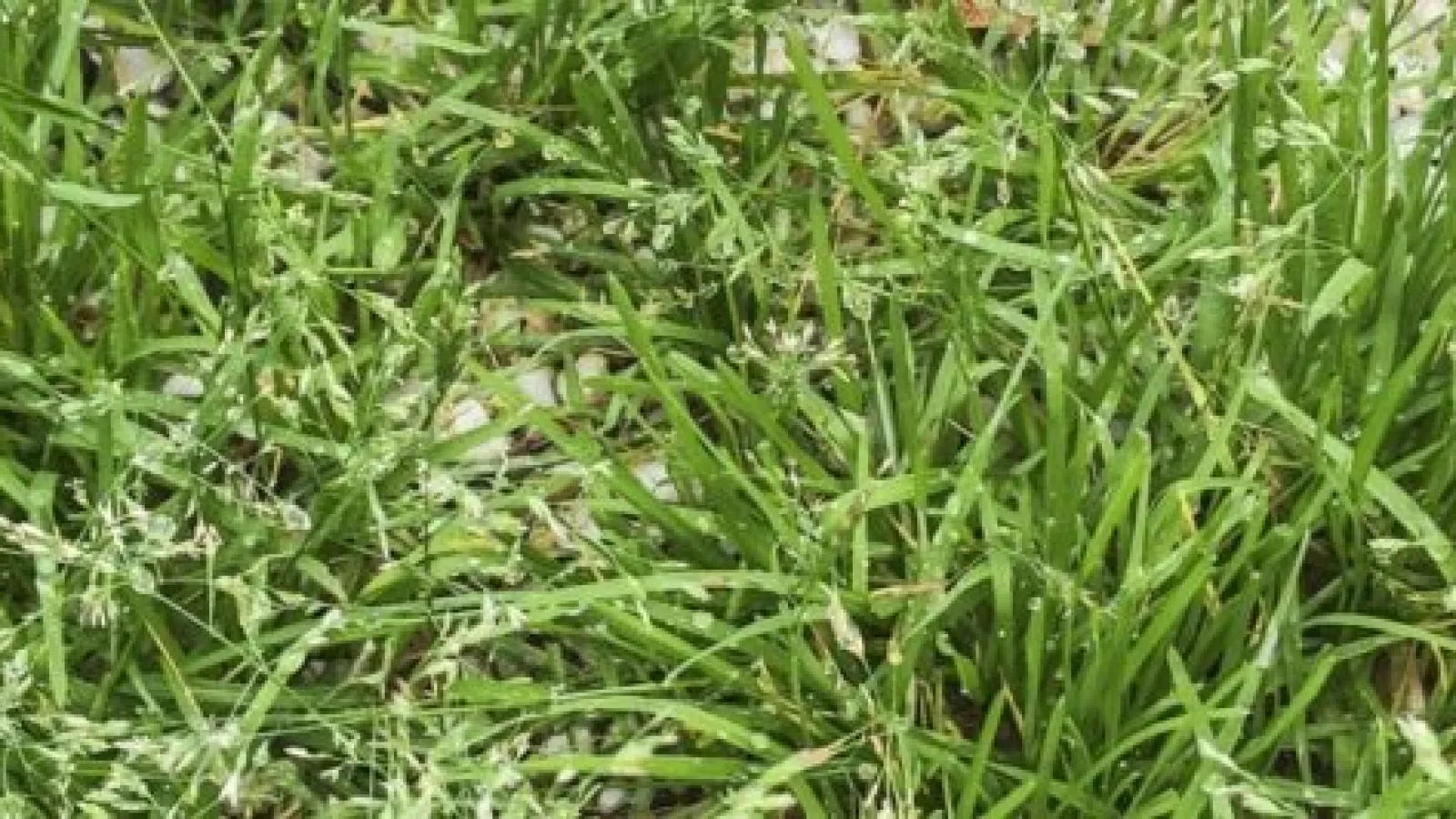
Common Winter Weeds and How To Eat Them
Wait. What? Yes, you read right. First, not all things go dormant in the winter. Some weeds, including dandelions and common chickweed, are slowly growing in the winter. As tempting as it may be just to ignore the weeds and hope they will die off when spring arrives and never return, don't. They won't die easily.
Both dandelions and common chickweed are winter weeds. Winter weeds are established in fall and winter, grow slowly in the winter and rear their ugly heads when the temperatures rise. Dandelions are annual weeds so they die off in summer and then regrow beginning in winter. Common chickweed are considered winter perennials meaning they sprout from seed, grow for a single year or two, and then die once the temperatures rise in mid to late spring.
Dandelions

Dandelions are one of many edible weeds. They get their name from a poor English translation of the French word for the plant meaning "lion's tooth," probably a reference to its jagged leaves. Dandelions have a recognizable white puffy seed ball that you may have loved blowing as a child. But please don't do this. You're spreading the seeds across the lawn, increasing the likelihood of new weeds.
Dandelions are perenniasl that can grow just about anywhere, regardless of soil conditions, but they thrive in rich soil. Dandelions can withstand frost and freezes and tolerate crowding-meaning they can even be a threat in relatively healthy lawns. Heat and insufficient moisture can cause the dandelion leaves to taste bitter, but they won't kill the plant.
You can eat nearly all parts of a dandelion. The leaves are high in calcium, potassium, and iron. Dandelions are most flavorful in early spring when they are young and tender and before the first flower buds appear. The roots have a turnip-like flavor and are best dug up in early spring. Be cautious of ingesting too many roots. They are reported to be both a diuretic and a laxative. Oh no!
Common Chickweed

Photo credit: Gardening Know How
Another edible weed is common chickweed (Stellaria media). A low-spreading winter perennial weed with a weak, shallow root system, this weed quickly invades thin turf with good soil moisture. Because common chickweed prefers moist soil, shade, and frequent watering promote growth. But one bonus-if you have chickens around, they'll be in heaven! Chickweed originally got its name because of how much chickens like it.
For the tastiest chickweed, pick it when it's young and bright green, but before it begins to seed. The whole plant, except the roots, is delicious. It tastes like corn on the cob when eaten raw; whereas it tastes similar to spinach when cooked. Chickweed is a nutritional powerhouse packed full of vitamins and minerals: A, C, D, folic acid, riboflavin, niacin, thiamine, calcium, magnesium, potassium, manganese, zinc, iron, phosphorus, sodium, copper, and silica.
Differences & Commonalities
While common chickweed has a shallow root system, dandelions do not. Their taproots can be 6-18 inches long, making manual pulling challenging. Once established, dandelion can stay for several years. Manuall pulling common chickweed is more doable because of their shallow roots.
Dandelions and common chickweed look nothing alike and have many differences. But they do have at least one thing in common: they both love a thin, weak lawn. If you prefer these pesky weeds dead over eating them in your salad, here are some tips for having a thick and dense turf-one more resistant to weeds:
Tips for a healthy lawn:
- Mow at the appropriate height for your turf type
- Maintain a proper mowing schedule
- Reduce soil compaction with annual core aeration
- Have professional lawn fertilization and weed control treatments
Turf Masters Lawn Care is proud to offer a lawn fertilization and weed control program to minimize weeds like dandelions and chickweed, just to name a few. Contact us today for your free lawn evaluation.


